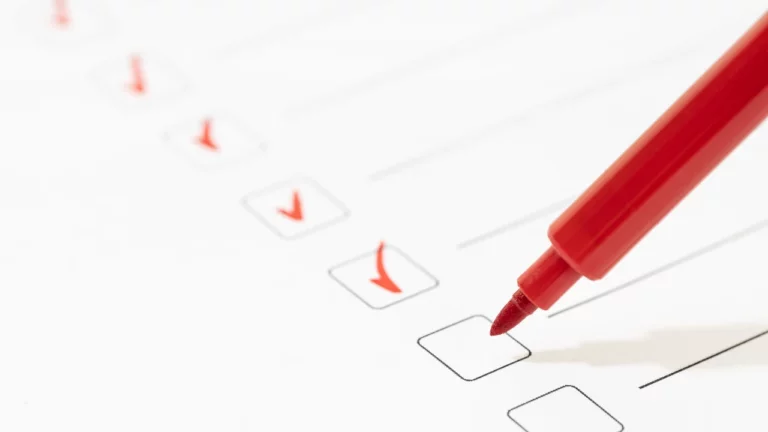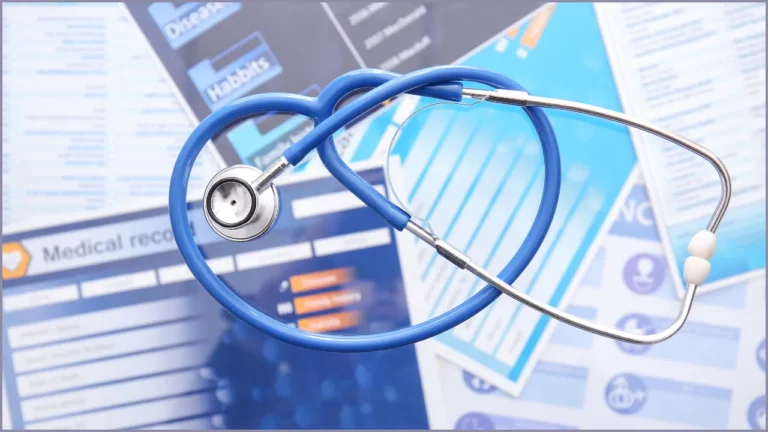Patient monitoring plays a vital role in the management of chronic diseases and diseases. Recent advances in healthcare technology have made patient monitoring more accessible and effective than ever before. This article will explore the value of patient monitoring for healthcare providers and patients, outlining the different forms of monitoring available and their benefits. Additionally, this article will discuss how patient monitoring can help to improve outcomes for those receiving chronic or disease management.
It is a crucial aspect of chronic care management and disease management. It involves the continuous or periodic assessment of a patient’s condition, including their physical and mental health, to ensure that they receive the most appropriate and effective treatment. This can be done through various methods, such as regular check-ins with a healthcare provider, the use of remote monitoring devices, or self-monitoring by the patient.
The primary goal of patient monitoring is to identify any changes in a patient’s condition as early as possible and to adjust their treatment plan accordingly. This can help to prevent the worsening of a patient’s condition and can even help to avoid potential complications or emergencies. Patient monitoring also allows healthcare providers to track the effectiveness of a patient’s treatment and make any necessary adjustments to ensure that the patient is receiving the most beneficial care.
Overall, the role of patient monitoring in chronic care management and disease management is to ensure that patients receive the best possible care and to improve their quality of life.
Definition of Chronic Care Management and Disease Management
Chronic care management (CCM) refers to the coordination and management of care for patients with chronic health conditions, such as diabetes, heart disease, and asthma. It aims to improve health outcomes, reduce healthcare costs, and enhance the patient’s quality of life.
Disease management (DM) is a population-based approach to healthcare that aims to improve the health outcomes and quality of life of people with specific chronic health conditions. DM programs often focus on the early identification and management of high-risk individuals and aim to reduce healthcare utilization and costs. Both Chronic Care Management and Disease management can include patient education, care coordination, preventive screenings, and monitoring of treatment plans, as well as patient monitoring.
Importance of Patient Monitoring in Chronic Care Management and Disease Management
Patient monitoring plays a critical role in chronic care management and disease management. The ability to remotely monitor a patient’s vital signs and track their health status allows healthcare providers to identify potential issues early on and intervene with appropriate treatment and management. This can greatly improve the outcomes for patients with chronic conditions and help them live a healthier and more fulfilling life.
Remote patient monitoring (RPM) is becoming an increasingly important tool in chronic disease management. With the growing need for effective care management services in the health system, remote patient monitoring devices and technologies have the potential to revolutionize the way that chronic disease management is delivered. By using RPM devices, healthcare providers can remotely monitor patients’ vital signs and track their health status, allowing for earlier identification of potential issues.
Using RPM enables more effective treatment and management of chronic conditions, while allowing patients to receive care at home, rather than in a clinical setting. The use of remote monitoring for chronic disease management is also particularly useful in reducing healthcare costs and ensuring patients follow their treatment plans. As healthcare systems are looking for ways to improve care for patient with chronic disease and reduce costs, remote patient monitoring is becoming more common and important.
Some of the key benefits of patient monitoring in chronic care management and disease management include:
- Remote monitoring of vital signs: This allows healthcare providers to monitor patients’ health status and detect any changes in condition in a timely manner.
- Early identification of potential health issues: By monitoring patients regularly, healthcare providers can identify issues early on, before they become more severe, which allows for more effective treatment and management.
- Improved communication between patients and healthcare providers: Remote monitoring can facilitate more frequent and effective communication between patients and healthcare providers, which can improve overall treatment and management.
- Increased adherence to treatment plans: By monitoring patients’ health status and treatment adherence, healthcare providers can ensure that patients are following their treatment plans and make any necessary adjustments.
Overall, patient monitoring is a powerful tool that can greatly enhance the quality of care for patients with chronic conditions, improving their health outcomes, reducing healthcare costs, and helping them live better lives.
Types of Patient Monitoring in Chronic Care Management and Disease Management
Patient monitoring is the continuous or periodic assessment of a patient’s condition to ensure they receive the most appropriate and effective treatment. Several types of patient monitoring can be used in chronic care management and disease management. Each of these methods has its benefits and challenges, and the most appropriate type of monitoring will depend on the specific needs of the patient and the nature of their condition.
- Regular check-ins with a healthcare provider: This involves the patient visiting their healthcare provider at regular intervals, typically every few weeks or months, to discuss their condition and any changes or concerns they may have.
- Use of remote monitoring devices: These devices allow patients to monitor their condition from home, either through self-reporting or using sensors or other monitoring technology. The data is then transmitted to a healthcare provider, who can track the patient’s condition remotely and make any necessary adjustments to their treatment plan.
- Self-monitoring by the patient: This involves the patient taking an active role in monitoring their condition, such as by keeping track of their symptoms or tracking their vital signs (e.g., blood pressure, heart rate) regularly.
- Continuous monitoring: In some cases, patients may need to be monitored continuously, either in a hospital setting or through wearable monitoring devices. This allows healthcare providers to track patients’ conditions in real time and intervene if necessary.
Benefits of Patient Monitoring
Patient monitoring is a practice that has become increasingly important in medical settings in recent years. It is a broad term that encompasses the use of technology to keep track of a patient’s health and well-being, from vital signs to diagnosis. There are numerous benefits to using this method of monitoring patients, ranging from improved safety in intensive care units to enhanced quality of life for elderly individuals.
- Early identification of changes in a patient’s condition: By continuously or periodically tracking a patient’s condition, healthcare providers can identify any changes as early as possible and adjust the treatment plan accordingly. This can help to prevent the worsening of a patient’s condition and can even help to avoid potential complications or emergencies.
- Adjustment of the treatment plan to prevent the worsening of the condition: By identifying changes in a patient’s condition early on, healthcare providers can adjust the treatment plan to address those changes and prevent the disease from worsening. This can improve the patient’s quality of life and may even reduce the need for more intensive interventions.
- Tracking effectiveness of treatment: Patient monitoring allows healthcare providers to track the effectiveness of a patient’s treatment over time and make any necessary adjustments to ensure that the patient receives the most beneficial care.
- Improvement in patient quality of life: By ensuring that patients receive the most appropriate and effective treatment, patient monitoring can help to improve their quality of life. This may include reducing symptoms, improving physical function, and increasing overall well-being.
DrKumo Remote Patient Monitoring Technology Solution in Chronic Care Management and Disease Management
Remote patient monitoring is a virtual care service that allows healthcare providers to remotely monitor and analyze the state of health of chronically ill patients. By monitoring patient-generated health data and managing their disease(s) remotely, RPM systems with continuous real-time data streaming enable healthcare practitioners to save time and increase accuracy. Continuous real-time data streaming enables healthcare providers to make more accurate assessments while monitoring patients at home.
DrKumo RPM technology is highly scalable, continuous, and real-time, making it an excellent solution for Chronic Disease Management, Acute Care, Post-Operation, and Hospital Care at Home. DrKumo’s RPM technology can be combined with Chronic Treatment Management (CCM) services to provide patients with chronic diseases with a comprehensive care plan. CCM is a more extensive service than RPM; when utilized together, they give a more comprehensive care solution.
Takeaway
Patient monitoring plays a crucial role in chronic care management and disease management. By tracking patient health data on an ongoing basis, medical professionals can accurately assess the progress of chronic diseases, enabling them to take the necessary steps for improved care. Hospitals and clinics are increasingly adopting technologies such as remote patient monitoring (RPM) to reduce hospitalizations, improve clinical outcomes, and lower healthcare costs.
Patient monitoring is an essential part of chronic care management and disease management. It allows healthcare providers to proactively identify health risks, monitor changes in condition, and make timely interventions that can improve patient outcomes. Using remote patient monitoring technologies, healthcare providers can now assess patients remotely and make adjustments to treatment plans without the need for a physical visit. While some challenges are associated with implementing patient monitoring, such as cost and privacy concerns, these can be addressed with the right strategies.
Don’t wait any longer to experience the benefits of patient monitoring in your chronic care management and disease management. Contact us today!








